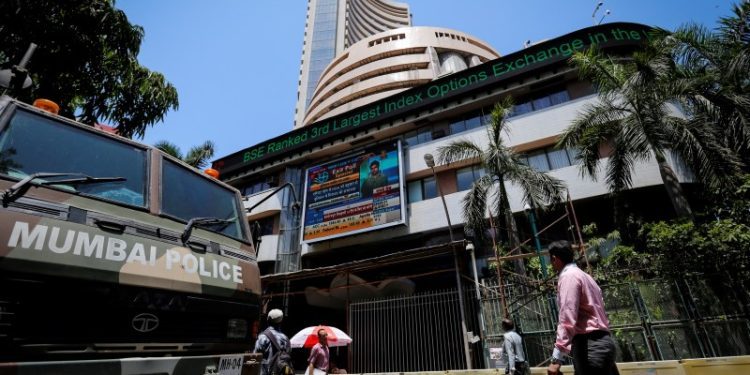Investing.com — Retail investors have increasingly played a vital role in shaping the Indian stock market, a trend that has deepened over the past decade.
While their direct participation in the market has only seen marginal growth—rising from around 8% in 2015 to 9% in 2024—it’s the indirect channel of mutual funds that has been the prime beneficiary of this increased retail participation.
Domestic Institutional Investors, who manage much of this capital, have seen their market share swell from 11% to 15% over the same period, pushing institutional investment to levels unseen since 2001.
This shift toward institutional vehicles is notable because it demonstrates a preference among retail investors for professional management, indicating a cautious but committed approach.
Rather than venturing directly into equities, retail investors are entrusting their capital to DIIs, where asset managers allocate investments across various sectors and companies.
The collective power of these investors has allowed DIIs to amass substantial holdings across a broader range of companies, particularly in large caps and non-large caps alike.
In fact, the concentration of stocks where DIIs hold more than 20% has tripled from 6% in 2015 to nearly 20% in 2024.
In contrast, Foreign Institutional Investors (FIIs) have seen their share of Indian equities shrink, dropping from 21% to 18% over the same timeframe, reflecting the growing prominence of domestic money.
This domestic-driven momentum has added a layer of resilience to the Indian market, protecting it from external shocks that once had outsized impacts due to the dominant role of FIIs.
The sectoral choices made by retail investors have evolved notably since 2020. They have reduced exposure to traditionally defensive sectors like staples, healthcare, and real estate while bolstering their investments in technology, utilities, and telecom.
Retail portfolios also exhibit a strong preference for small-cap stocks, as opposed to the large-cap focus of institutional investors.
This inclination toward smaller, more volatile companies reveals a risk tolerance that contradicts the common stereotype of retail investors being primarily short-term traders.
In fact, persistence analysis shows that retail investors are holding on to their investments longer than either DIIs or FIIs, with about 82% of retail portfolios seeing no major churn over a four-year period.
Despite this volatility in holdings, retail investors have displayed remarkable performance since 2016. As per analysts at Bernstein, retail investors have outpaced both DIIs and FIIs, delivering a 1.8% annual outperformance against the market, compared to 0.25% by DIIs and a -1.5% underperformance by FIIs.
This success may reflect the contrarian nature of retail investors, who tend to buy when institutional investors are reducing their holdings.
For instance, stocks that saw a dip in both DII and FII ownership between 2016 and 2019 posted robust forward returns, and this trend accelerated from 2019 to 2024, with average one-year forward returns of 47%.
India’s stock market is witnessing a growing influence of retail investors, who are becoming more sophisticated and capable of influencing future market trends.
Their preference for small caps, willingness to adopt riskier strategies, and outperformance relative to institutional players have redefined their role from peripheral market participants to pivotal players in India’s financial ecosystem.
While DIIs have historically been the dominant force, retail investors are now proving to be a dynamic and essential component in the evolution of the Indian stock market.





